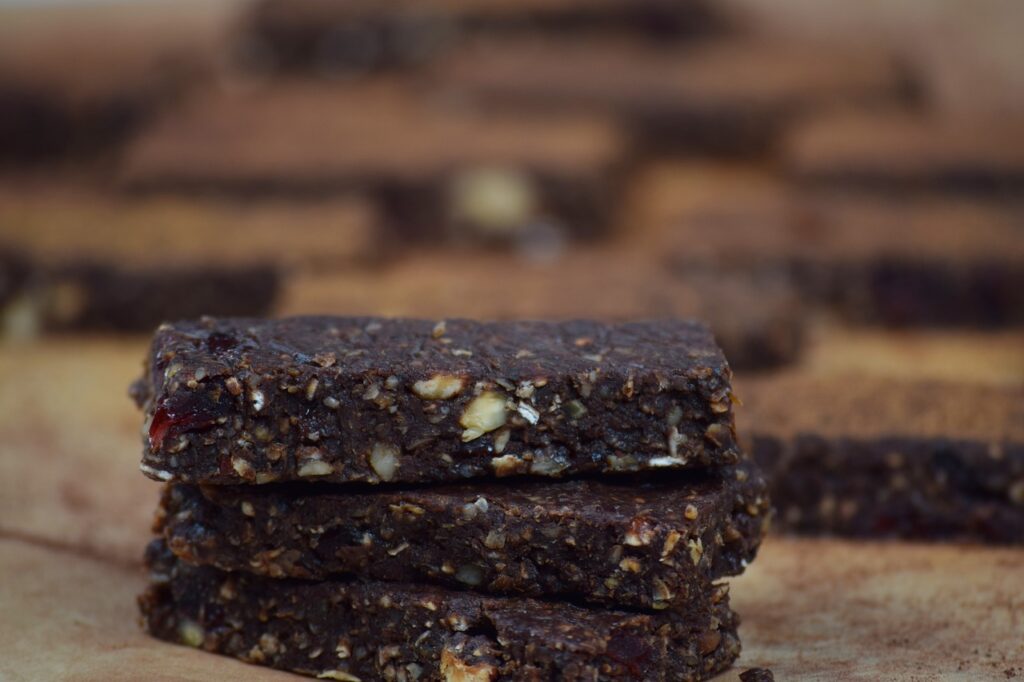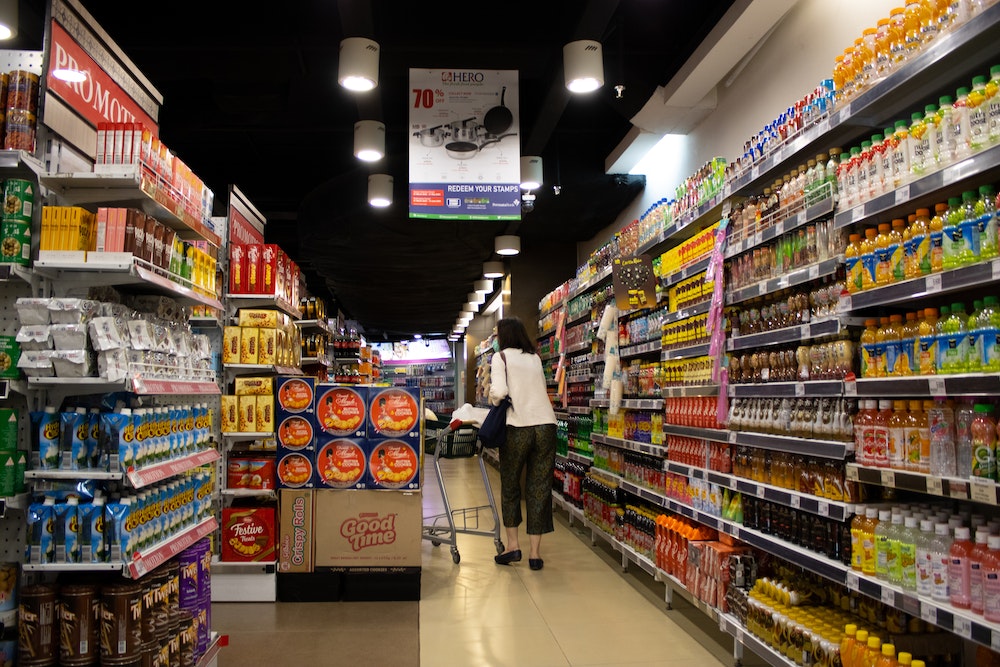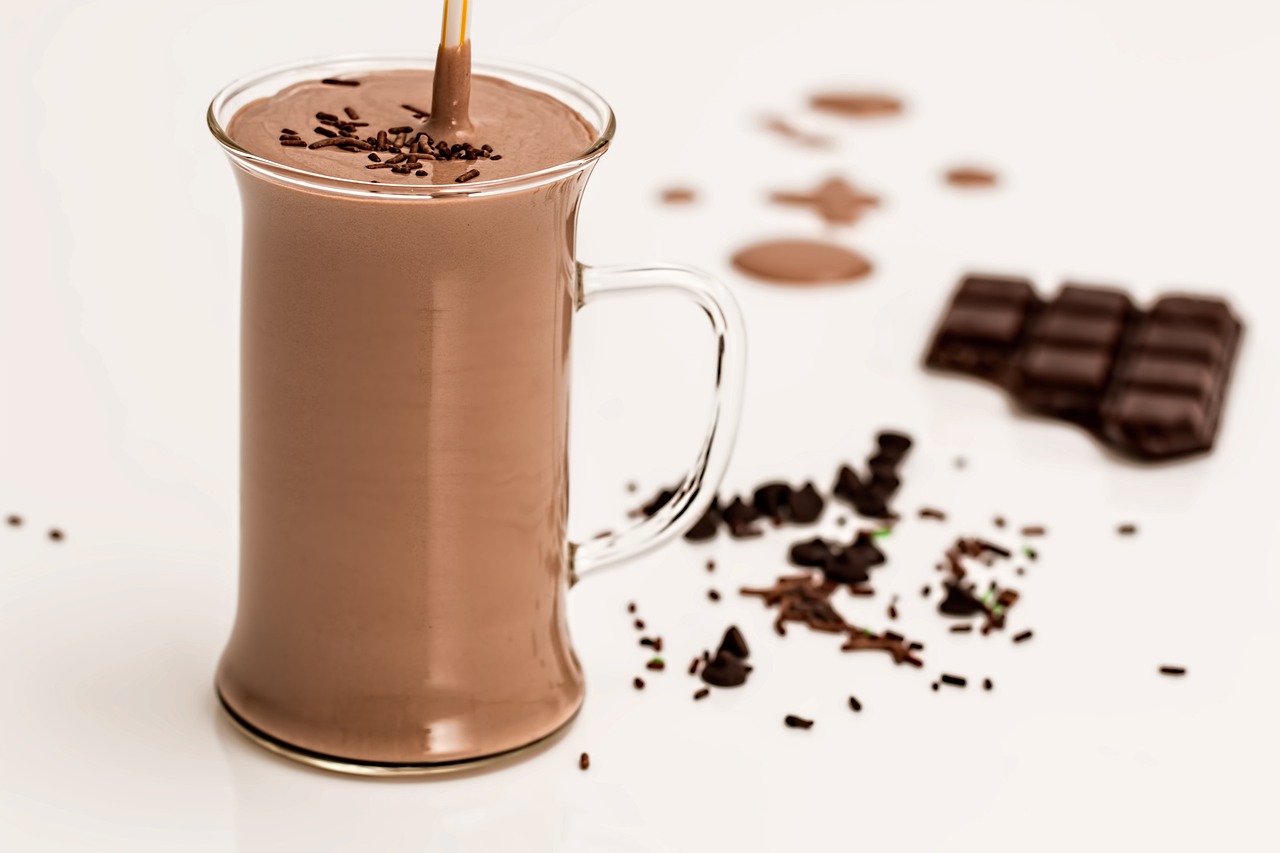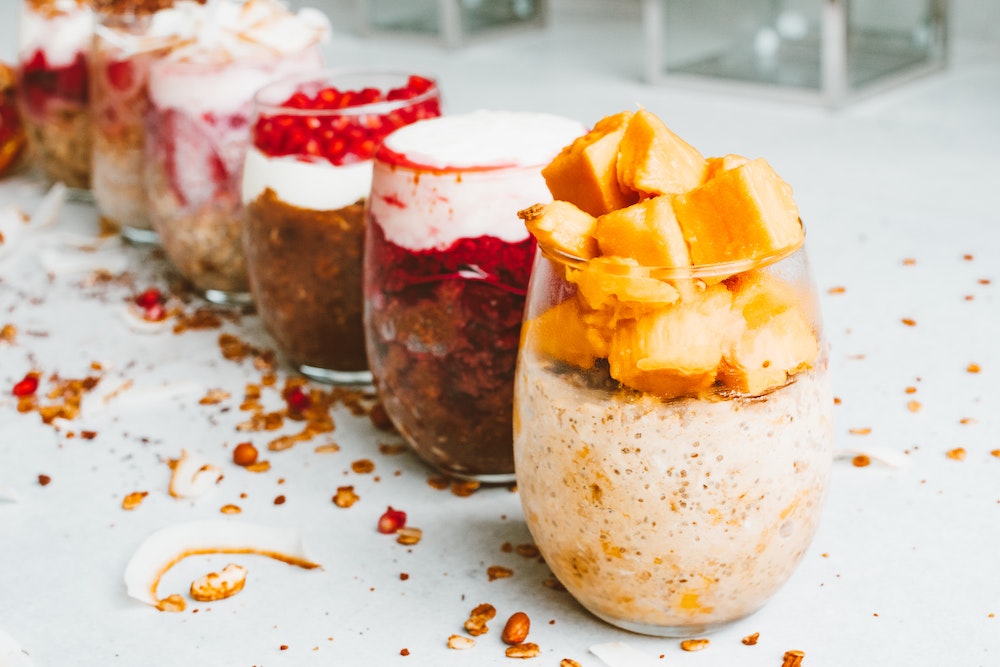Losing weight and leading a healthy lifestyle can be a challenging journey, and many individuals look for guidance through structured meal plans such as those offered by Optavia.
Optavia offers a multitude of fuelings that are designed to provide the right balance of nutrients to promote weight loss. However, the cost of following the Optavia system can add up quickly, and some people may feel it’s out of reach for their budget.
Knowing the right substitutes is essential in finding cheaper alternatives to Optavia fuelings that deliver similar nutritional benefits and support weight loss. Selecting less expensive alternatives should still prioritize nutrition and overall quality, while being mindful of calorie counts and portion sizes.
We will explore some store-bought options and homemade alternatives for those searching for a more budget-friendly approach to their weight loss journey.
Key Takeaways
- Cheaper alternatives to Optavia fuelings can improve affordability while still promoting weight loss.
- Store-bought options and homemade alternatives can offer both nutritional balance and cost-effectiveness.
- Making an informed choice about potential alternatives is crucial for maintaining both personal health and financial well-being.
Understanding Optavia Fuelings

What Are Optavia Fuelings?
Optavia Fuelings are pre-packaged, nutritious meal options designed for the Optavia diet and weight management program. These fuelings provide essential vitamins, minerals, and essential nutrients designed to keep individuals satisfied and energized throughout the day.
Each fueling option has a specific balance of calories, carbs, protein, and fiber to support weight loss and overall well-being. They are often considered expensive, causing many users to look for affordable and comparable alternatives.
Nutrition Facts of Optavia Fuelings
Optavia Fuelings typically contain between 100 and 120 calories per serving. A wide variety of foods is available, all with a specific balance of macronutrients designed to aid in weight loss and support overall health.
- Protein: These fuelings deliver an average of 10-15 grams of protein per serving. Protein is essential for maintaining muscle mass and promoting feelings of satiety, reducing the temptation to overeat.
- Carbs: Optavia Fuelings have a fairly low carb content, averaging around 10-15 grams per serving. A lower carb intake can minimize blood sugar fluctuations and help with weight loss goals.
- Fiber: Fuelings are generally high in fiber, which supports healthy digestion, regulates blood sugar, and adds bulk to meals, keeping individuals feeling full for longer.
- Fats: Optavia Fuelings are designed to be low in unhealthy fats, like saturated and trans fats, with most fuelings containing 3-5 grams of total fat per serving.
- Vitamins and Minerals: Optavia Fuelings are formulated to include more than 24 essential vitamins and minerals for overall health support and meeting daily nutrition needs.
Despite their nutritious content, some people may show concern about certain additives included in Optavia Fuelings. It is essential to carefully read labels for any potential allergens or unwanted additives, though the primary focus of these products remains on providing adequate nutrition for better weight management and overall well-being.
Why Look for Cheaper Alternatives?
Cost Factor
One of the main reasons to seek cheaper alternatives to Optavia fuelings is the cost factor. Optavia fuelings can be quite expensive, especially for those on a tight budget. Many individuals on a weight loss journey are looking for more affordable options to incorporate into their daily routine.
By exploring cheaper alternatives, it becomes possible to find products that not only are delicious and convenient, but also provide a similar nutritional value at a fraction of the cost.
Accessibility and Convenience
Another factor to consider when looking for cheaper alternatives to Optavia fuelings is accessibility and convenience.
But due to differences in regional availability and local convenience stores offerings, these fuelings may not always be close at hand for everyone which forces consumers to keep searching for alternatives.
By identifying more widely available and affordable alternatives, individuals can ensure they have access to the products they need, whenever they need them. This can help them stay on track and avoid potential side effects caused by a sudden change in diet or consumption habits.
In doing so, they can maintain a seamless weight loss journey and reap the benefits of these nutritious and convenient alternatives.
Assessing Potential Alternatives
Requirements for a Good Alternative
When searching for cheaper alternatives to Optavia fuelings, it’s important to consider the key aspects that make Optavia successful. A good alternative should be portion-controlled to ensure the right amount of caloric intake for effective weight loss.
Additionally, it should provide a balanced distribution of macronutrients, such as protein, carbs, and fats. High-quality alternatives should also be low in added sugars and saturated fat to support overall health.
Another crucial factor is the inclusion of essential nutrients; a proper alternative should be rich in vitamins and minerals to promote general well-being. Finally, the taste should be delicious so that the dieter can enjoy their meals without feeling deprived.
| Criteria | Description |
|---|---|
| Portion-controlled | Caloric intake is controlled to support weight loss |
| Macronutrient balance | Balanced distribution of protein, carbs, and fats |
| Low added sugars | Supports overall health |
| Low saturated fat | Supports heart health |
| Essential nutrients | Rich in vitamins and minerals |
| Delicious taste | Enjoyable meals without feeling deprived |
Considering Dietary Restrictions
When assessing potential alternatives, it’s also essential to think about different dietary preferences and restrictions. Many individuals may require or prefer gluten-free, dairy-free, non-GMO, or vegan options.
Some alternatives may prioritize these specific needs and cater to individuals looking for customized diet plans.
For instance, a gluten-free dieter may opt for alternatives that use gluten-free grains, like quinoa or oats, to fit their needs. Similarly, a dairy-free person may benefit from alternatives that utilize plant-based protein sources and avoid lactose-based ingredients.
It’s also important to consider the balance of fiber, protein, and carbs in the alternatives. An ideal combination should help dieters lose weight while still feeling satisfied and not restricting their food intake drastically.
Choosing an alternative that aligns with one’s specific dietary restrictions and preferences ensures sustainable weight loss and improved health over time.
In summary, when evaluating cheaper alternatives to Optavia fuelings, it’s crucial to examine the dietary composition, portion control, and compatibility with individual dietary restrictions or preferences.
By keeping these factors in mind, individuals can find a suitable, affordable diet plan that meets their unique needs while enhancing their overall health.
Store-Bought Options

Protein Bars
There are many protein bars available in stores that can serve as cheaper alternatives to Optavia fuelings. Some popular options include Wonderslim, Quest Nutrition bars, IQ bars, and Zing bars.
These bars are known for their high protein content, just like Optavia bars. For instance, Atkins bars and Special K protein bars offer a good balance of nutrients at a lower cost.
Other options to consider are GoRaw dark chocolate protein bars, Zone Perfect protein bars, Nakd bars, and Kind Breakfast bars.
They provide essential nutrients and come in various flavors to suit different preferences. If you’re looking for a nourishing and cost-effective snack, try sunflower cinnamon protein bars.
Shakes
Protein shakes are another great alternative to Optavia fuelings. They typically come in powder form and are mixed with water or milk.
Some well-known options include SlimFast Advanced Nutrition shakes. These shakes are not only packed with protein but also provide essential vitamins and minerals at a fraction of the cost of Optavia products.
Ready-to-Eat Snacks
For those who prefer to munch on ready-to-eat snacks, nuts, and seeds offer an excellent and affordable option. They are a rich source of protein, healthy fats, and fiber. You can easily find a wide variety of nuts and seeds, such as almonds, walnuts, sunflower seeds, pumpkin seeds, and more.
In conclusion, store-bought options such as protein bars, shakes, and ready-to-eat snacks provide cost-effective alternatives to Optavia fuelings without compromising on nutrition and taste. Explore different brands and flavors to find the perfect fit for your taste buds and dietary needs.
Homemade Alternatives
DIY Fuelings
Creating your own DIY Optavia fuelings is easier than you might think and can save you some money. The key is to focus on ingredients that are high in protein and low in calories. Some common ingredients include:
- Greek yogurt
- Protein powder
- Egg whites
- Chicken breast
- Tuna
- Quinoa
- Oatmeal
- Nuts and seeds
Combining these ingredients with various fruits, particularly berries, can help create delicious and nutritious homemade fuelings. For example, a smoothie made with Greek yogurt, a scoop of protein powder, and a handful of mixed berries can provide a healthy and satisfying meal replacement.
Meal Replacement Recipes
There are many flavorful and filling meal replacement recipes that you can follow as part of your diet plan. The goal is to satisfy your cravings while maintaining a low calorie count. Here are some examples:
- Peanut Butter and Berry Oatmeal: Combine cooked oatmeal with a spoonful of peanut butter and some berries for a tasty breakfast option. You can also use almond or cashew butter instead of peanut butter if you prefer.
- Quinoa Salad with Tuna: Mix cooked quinoa, canned tuna, chopped vegetables, and a light dressing for a nutritious and protein-packed lunch. This salad can be easily customized with your favorite vegetables and seasonings.
- Egg White and Veggie Omelette: A simple egg white omelette with diced vegetables provides a low-calorie, high-protein breakfast. Add a few nuts or seeds on top for some healthy fats and extra flavor.
- Greek Yogurt Parfait: Layer Greek yogurt with your choice of fruit, nuts, and seeds for a crunchy and satisfying meal replacement. You can also add a drizzle of honey or a sprinkle of cinnamon if desired.
Remember that weight loss is primarily achieved through a consistent, healthy diet combined with regular exercise. While these homemade alternatives can be a part of your overall diet plan, they should not be the only source of nutrition.
Programs like Noom can also be helpful in creating personalized weight loss plans that incorporate various types of food for a balanced and enjoyable dietary approach.
Comparing Optavia with Other Diet Plans
Nutrisystem
Nutrisystem is a popular weight loss program similar to Optavia in that it provides pre-packaged, portion-controlled meals.
However, Nutrisystem tends to be more affordable than Optavia, as its plans start at around $10 per day, compared to approximately $14 per day for Optavia. Both plans focus on providing nutritious, low-calorie meals to promote weight loss.
Nutrisystem offers a variety of meal plans tailored to different dietary needs, such as diabetic and vegetarian plans. While Optavia also provides different plans based on individual goals, it places a stronger emphasis on coaching and community support.
Another key difference is that Nutrisystem includes more variety in their meals, whereas Optavia fuelings often consist of bars, shakes, and soups.
SlimFast
SlimFast is a well-known diet plan that focuses on meal replacement shakes, bars, and snacks, which can be more affordable than Optavia fuelings, with prices as low as $1.50 per serving.
The SlimFast plan follows a simple 3-2-1 structure: 3 snacks, 2 meal replacement shakes or bars, and 1 balanced meal per day.
In terms of nutrition, SlimFast products are typically lower in calories and protein compared to Optavia fuelings. Additionally, SlimFast does not emphasize habits of health or the support of a coach like Optavia does.
However, it can be a more accessible option for individuals looking for a simplified weight loss program without additional coaching or community support.
Noom
Noom is a weight management app rather than a meal delivery service like Optavia and Nutrisystem. It focuses on modifying eating habits, tracking food intake, and promoting healthy lifestyle choices through personalized coaching and support.
Since Noom does not provide meal replacements, it can be more cost-effective, with plans starting around $59 per month.
While the primary focus of Noom is on behavior change and weight loss, it also includes aspects of nutrition, similar to Optavia’s habits of health. Noom is designed to be more flexible, allowing users to incorporate any food items into their daily calorie allowance.
This approach enables individuals to learn how to make healthier choices in real-life situations rather than relying on pre-packaged meals.
In summary, Nutrisystem, SlimFast, and Noom are cheaper alternatives to Optavia fuelings. Each program has its unique approach to weight loss, nutrition, and support, but all can be effective in helping individuals achieve their weight management goals.
Conclusion: Making the Right Choice
When it comes to weight loss and maintaining a healthy lifestyle, finding the right balance of fuelings can be an essential factor.
Optavia fuelings, while effective, may not always fit everyone’s budget or dietary preferences. Fortunately, there are many alternatives available that can offer similar benefits at a lower cost.
In selecting the appropriate substitutes for Optavia fuelings, it’s crucial to prioritize nutritious and wholesome ingredients. Lean proteins, whole grains, and a colorful variety of fruits and vegetables can serve as great replacements while also providing necessary nutrients for a well-rounded meal plan.
To ensure a successful transition to alternative fuelings, consider planning out your meals in advance and prepping them each week. This will make it easier to maintain proper portion sizes and stay focused on your health objectives.
Additionally, keep in mind that moderation is key. While these alternatives can be more cost-effective, it is essential not to sacrifice health for the sake of saving money.
By focusing on the quality of ingredients and carefully monitoring your intake, you can create a sustainable weight loss plan tailored to your individual needs without relying entirely on Optavia fuelings.
Although Optavia fuelings can be an effective approach to weight loss, there are many viable substitutes available. By exploring these alternatives, individuals can make informed decisions that best suit their personal health goals and financial situations.
Related post: Protein Shakes Similar to Optavia
Frequently Asked Questions
What are some grocery store alternatives to Optavia fuelings?
There are various grocery store alternatives to Optavia fuelings, such as Greek yogurt, whole grain crackers with low-fat cheese, or baby carrots with hummus. Look for low-calorie, high-protein snacks that are well-balanced in terms of macronutrients (protein, carbohydrates, and fats).
Which protein shakes are similar to Optavia’s?
Protein shakes like Premier Protein, Quest Protein, and Atkins shakes are similar to Optavia’s in terms of protein content and nutritional profile. Always read the labels to ensure the products meet your nutritional requirements and personal preferences.
How can I make homemade Optavia bars?
To make homemade Optavia bars, combine protein powder, oat flour, almond flour, sweetener, and a binding agent like egg whites, almond butter, or water. Customize your bars with additional ingredients like nuts, seeds, or dried fruits. Bake or refrigerate the mixture, then cut into bars.
What cereals resemble Optavia products?
High-fiber, low-sugar cereals like Fiber One, Kashi Go Lean, or All-Bran resemble Optavia products in terms of nutritional values. These cereals can be consumed as a replacement for fuelings, but it’s essential to maintain a balanced diet and follow an appropriate meal plan.
Are WonderSlim and Optavia products comparable?
WonderSlim and Optavia products are somewhat comparable as both focus on providing portion-controlled meals and snacks intended to aid in weight loss. However, there might be variations in dietary plans, nutritional value, and pricing. Conduct a thorough comparison before choosing between the two.
Is there a difference between Optavia snacks and fuelings?
Optavia snacks and fuelings are slightly different. Fuelings are specifically designed to provide adequate nutrition and energy while being low in calories.
Snacks, on the other hand, are meant to satisfy hunger cravings between meals and may not have the same nutritional profile as fuelings. It’s essential to use the products according to the Optavia plan for optimal results.







